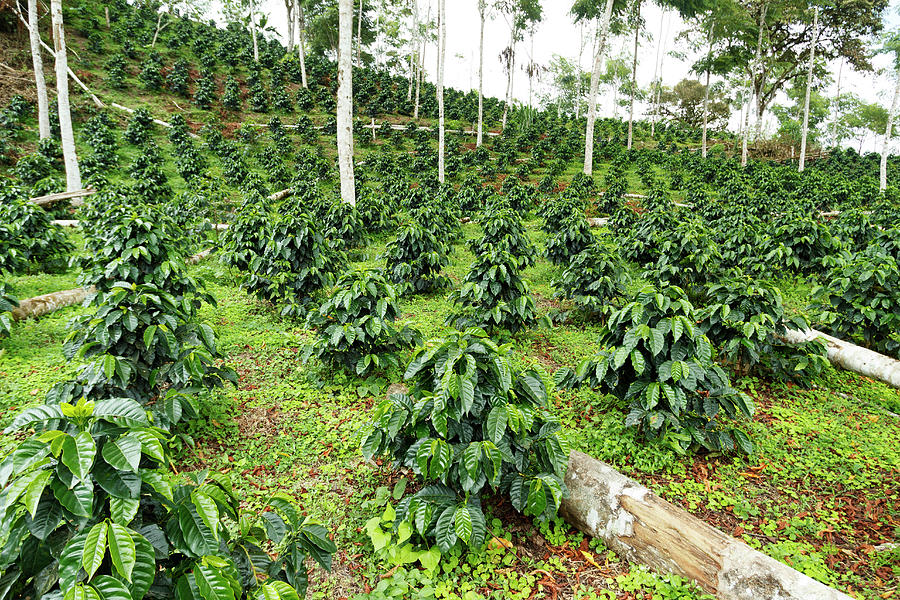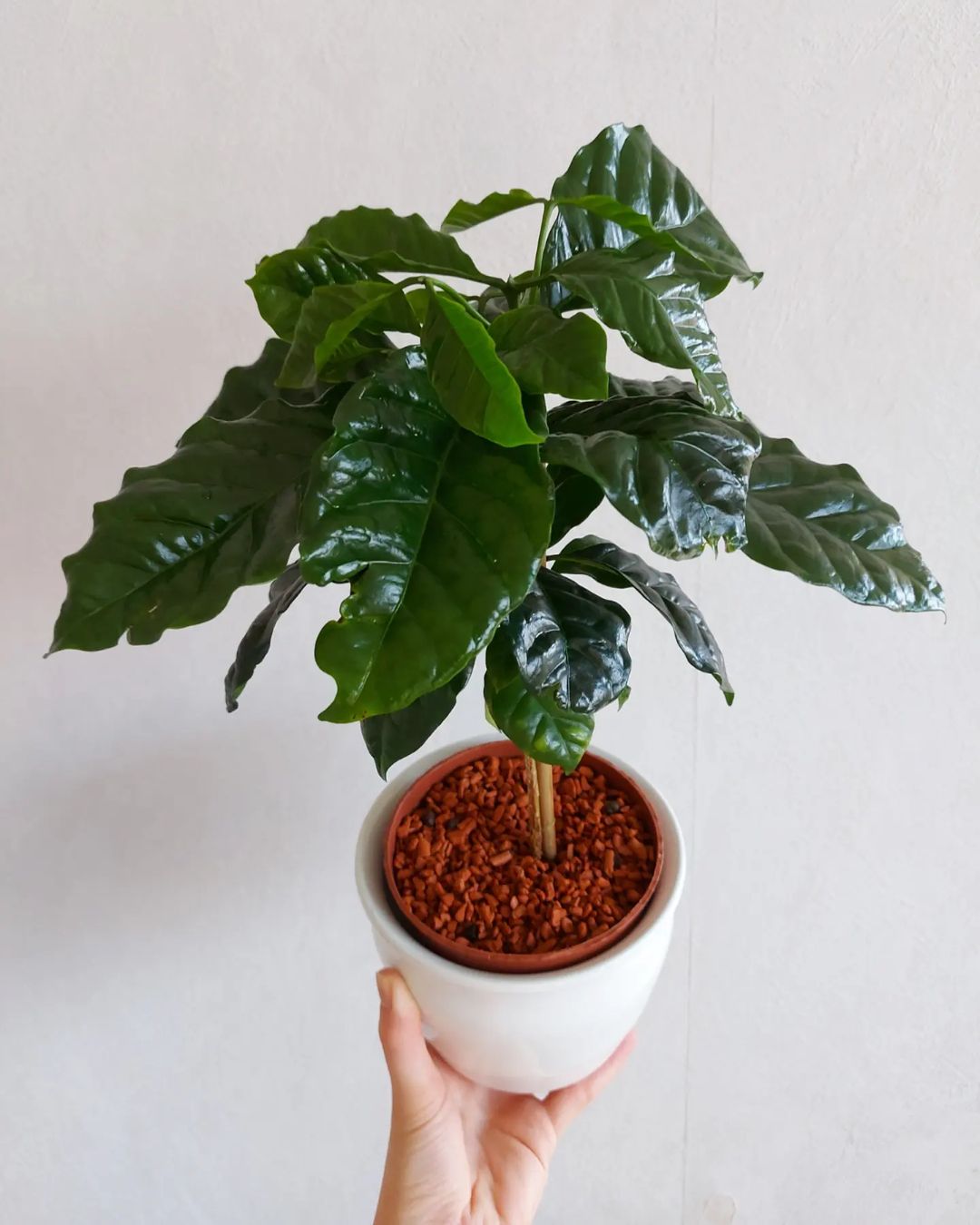Coffee Cultivation in America: Is it Possible?
Coffee is one of the most widely consumed beverages in the world, with a rich history that spans centuries. While it’s common knowledge that coffee is grown in tropical regions, many people assume that it’s impossible to grow coffee in America. However, this assumption is far from true. In fact, coffee can be grown in certain regions of the United States, and with the right conditions and care, it can thrive. The question on many people’s minds is, “Can you grow coffee in America?” The answer is a resounding yes. With the rise of specialty coffee and the increasing demand for high-quality, locally sourced coffee, growing coffee in America is becoming a viable option for many farmers and coffee enthusiasts. In this article, we’ll explore the possibilities of coffee cultivation in the US, including the regions that are suitable for coffee production, the specific requirements for growing coffee plants, and the benefits of growing coffee in America.
Understanding Coffee Plant Requirements
Coffee plants are sensitive to their environment and require specific conditions to thrive. Temperature is one of the most critical factors, with ideal temperatures ranging from 60°F to 80°F (15°C to 27°C). Coffee plants also require high humidity, typically above 60%, and well-defined wet and dry seasons. In terms of soil, coffee plants prefer acidic soil with a pH between 5.5 and 6.5. Sunlight is also essential, with coffee plants requiring partial shade to full sun, depending on the variety. While these conditions may seem challenging to replicate in the US, there are regions that can provide the necessary environment for coffee plants to grow. For example, the Kona coffee region in Hawaii is known for its ideal climate and soil conditions, making it an ideal location for coffee production. By understanding the specific requirements of coffee plants, farmers and coffee enthusiasts can better determine whether their region is suitable for coffee cultivation.
Regions in the US Suitable for Coffee Production
While coffee can be grown in various regions of the US, there are several areas that are particularly well-suited for coffee production. Hawaii is one of the most notable regions, with its Kona coffee being renowned for its high quality and distinct flavor. The islands’ rich volcanic soil, mild climate, and adequate rainfall create an ideal environment for coffee plants to thrive. California is another region that has seen a surge in coffee production in recent years, with many small-scale farms and roasters popping up in the state. The mild winters and cool summers in California’s coastal regions provide a suitable climate for coffee plants, and the state’s rich soil and ample water supply make it an attractive location for coffee farmers. Puerto Rico is also a region that is gaining attention for its coffee production, with its rich soil and tropical climate making it an ideal location for growing a variety of coffee species. These regions, among others, demonstrate that it is indeed possible to grow coffee in America, and that the US has the potential to become a significant player in the global coffee market.
How to Grow Coffee in Your Backyard
Growing coffee in your backyard can be a rewarding experience, but it requires careful planning and attention to detail. The first step is to choose the right coffee variety for your region. There are several varieties to choose from, including Arabica and Robusta, each with its own unique characteristics and growing requirements. Once you’ve selected a variety, you’ll need to obtain high-quality coffee seeds or seedlings from a reputable supplier. Planting coffee requires a well-draining soil with a pH between 5.5 and 6.5, and a location that receives partial shade to full sun, depending on the variety. Watering is also crucial, with coffee plants requiring consistent moisture, especially during the first year after planting. Pruning is another essential step in growing coffee, as it helps to maintain the plant’s shape, promote healthy growth, and increase yields. Harvesting coffee is typically done by hand, as the beans are sensitive to machinery and require careful handling. By following these steps and providing the right conditions, you can successfully grow coffee in your backyard and enjoy the many benefits of homegrown coffee.
Coffee Plant Care and Maintenance
Coffee plants require regular care and maintenance to ensure optimal growth and production. Fertilization is an essential part of coffee plant care, as it provides the necessary nutrients for healthy growth. A balanced fertilizer with a ratio of 10-10-10 (nitrogen-phosphorus-potassium) is recommended, and should be applied every 2-3 months. Pest management is also crucial, as coffee plants are susceptible to pests such as coffee berry borer, coffee leaf miner, and mealybugs. Regular monitoring and use of organic pest control methods can help prevent infestations. Disease prevention is also important, as coffee plants are prone to diseases such as coffee leaf rust and coffee root rot. Regular pruning and sanitation can help prevent the spread of disease. Additionally, coffee plants require regular watering, but overwatering can be detrimental to the plant’s health. A well-draining soil and a consistent watering schedule can help prevent waterlogged soil and root rot. By following these care and maintenance tips, coffee growers in the US can help ensure the health and productivity of their coffee plants.
Harvesting and Processing Coffee in the US
Harvesting and processing coffee in the US requires careful attention to detail to ensure high-quality beans. Coffee cherries are typically harvested between May and October, depending on the region and variety. The cherries are then processed through a series of steps, including pulping, fermentation, and drying. Proper drying techniques are crucial to prevent spoilage and preserve the flavor and aroma of the coffee. Small-batch, artisanal coffee production is becoming increasingly popular in the US, as it allows for greater control over the processing and roasting of the coffee. This approach also enables coffee growers to experiment with unique flavor profiles and blends. The benefits of small-batch coffee production include increased quality, flavor, and aroma, as well as a more personalized and sustainable approach to coffee production. By adopting these techniques, US coffee growers can produce high-quality coffee that rivals that of other major coffee-producing countries.
Challenges and Opportunities for US Coffee Growers
Despite the potential for coffee cultivation in the US, there are several challenges that coffee growers face. Climate change is a significant concern, as it can impact temperature and precipitation patterns, making it difficult to maintain optimal growing conditions. Pests and diseases are also a major challenge, as they can damage coffee plants and reduce yields. However, these challenges also present opportunities for innovation and growth. For example, researchers are working to develop new coffee varieties that are more resilient to climate change and disease. Additionally, the US coffee industry is seeing a surge in demand for sustainable and environmentally friendly coffee production practices. By adopting these practices, US coffee growers can not only reduce their environmental impact but also increase their market share and competitiveness. Furthermore, the growth of the US coffee industry also presents opportunities for job creation, economic development, and community engagement. By addressing the challenges and capitalizing on the opportunities, US coffee growers can build a thriving and sustainable industry.
Conclusion: Growing Coffee in America is Possible
In conclusion, growing coffee in America is not only possible but also a viable and sustainable option for coffee enthusiasts and farmers. With the right climate, soil, and care, coffee plants can thrive in various regions of the US. By understanding the specific requirements of coffee plants and adopting best practices for coffee cultivation, US coffee growers can produce high-quality coffee that rivals that of other major coffee-producing countries. While there are challenges to be addressed, the opportunities for growth and innovation in the US coffee industry are vast. As the demand for specialty coffee continues to grow, the US coffee industry is poised to become a significant player in the global coffee market. Whether you’re a seasoned farmer or a backyard coffee enthusiast, the possibilities of coffee cultivation in the US are endless. So, can you grow coffee in America? The answer is a resounding yes.








:max_bytes(150000):strip_icc()/GettyImages-1174305372-718fb182f53b4714bd0789d8a312d66f.jpg)